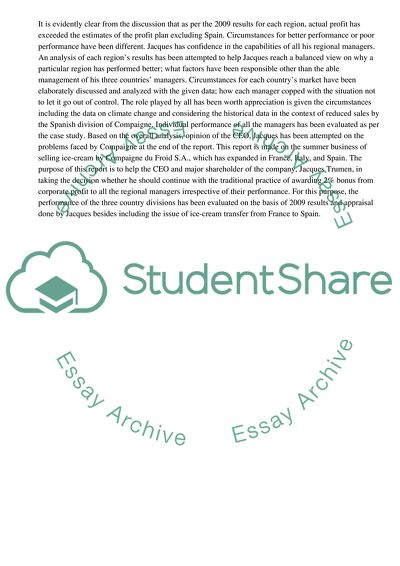Cite this document
(Business of Selling Ice-Cream by Compagnie du Froid SA Case Study, n.d.)
Business of Selling Ice-Cream by Compagnie du Froid SA Case Study. Retrieved from https://studentshare.org/business/1740825-compagnie-du-froid-sa
Business of Selling Ice-Cream by Compagnie du Froid SA Case Study. Retrieved from https://studentshare.org/business/1740825-compagnie-du-froid-sa
(Business of Selling Ice-Cream by Compagnie Du Froid SA Case Study)
Business of Selling Ice-Cream by Compagnie Du Froid SA Case Study. https://studentshare.org/business/1740825-compagnie-du-froid-sa.
Business of Selling Ice-Cream by Compagnie Du Froid SA Case Study. https://studentshare.org/business/1740825-compagnie-du-froid-sa.
“Business of Selling Ice-Cream by Compagnie Du Froid SA Case Study”, n.d. https://studentshare.org/business/1740825-compagnie-du-froid-sa.


